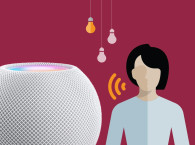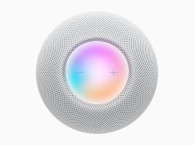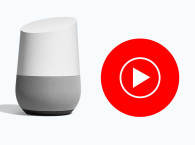
"Big announcements in the smart TV space by Amazon and Comcast are evidence of where the home entertainment market is headed," says Paul Erickson, Senior Analyst, Parks Associates. "TVs are now consumers' most common video centerpiece in the home, and technology powerhouses are vying to own this point of entertainment aggregation – and all the data that goes with it – by controlling the platform itself. The competition now is not just about providing access to entertainment, it's also about adding increasing value to the platform through features such as voice assistants, smart home integration, and better user experiences. Smart TVs are now seen as a key anchor device for ecosystem penetration into today's broadband households."
Purchase intentions were elevated at the beginning of the year for a variety of entertainment and productivity devices due to increased time spent at home. Q1 purchase intentions are often low due to seasonality — consumers' holiday purchases can depress Q1 intentions. However, the pandemic grew consumers' perceived value of connected entertainment devices, generating growth in future purchase intentions for all product categories related to connected home entertainment.
"Consumer electronics device manufacturers are best served by product strategies accounting for consumers' increased use of devices at home for work and streaming entertainment purposes," Erickson says. "While mobility remains important, consumers now see renewed value in at-home work and lifestyle use cases."
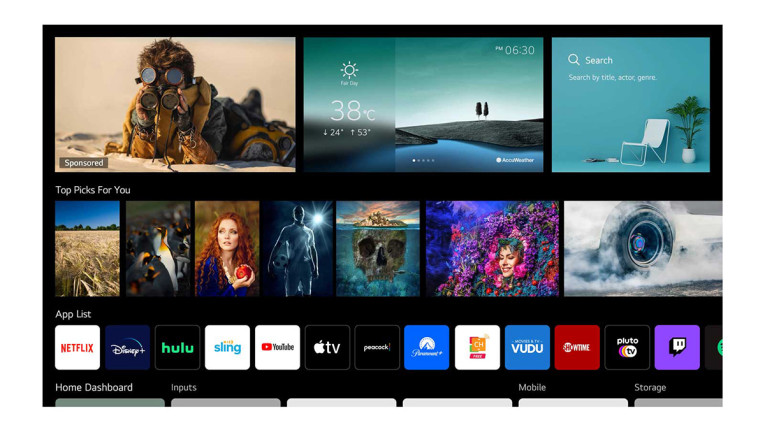
Parks Associates’ Q1 2021 consumer data underscores that smart TVs are now the most-adopted streaming video device for at-home viewing in US broadband households, actively used in 56% of all broadband households. While the TV has been a focus for providers in the past, with smart TV adoption now surpassing half of all households it reinforces their role as the most pivotal piece of any home entertainment strategy.
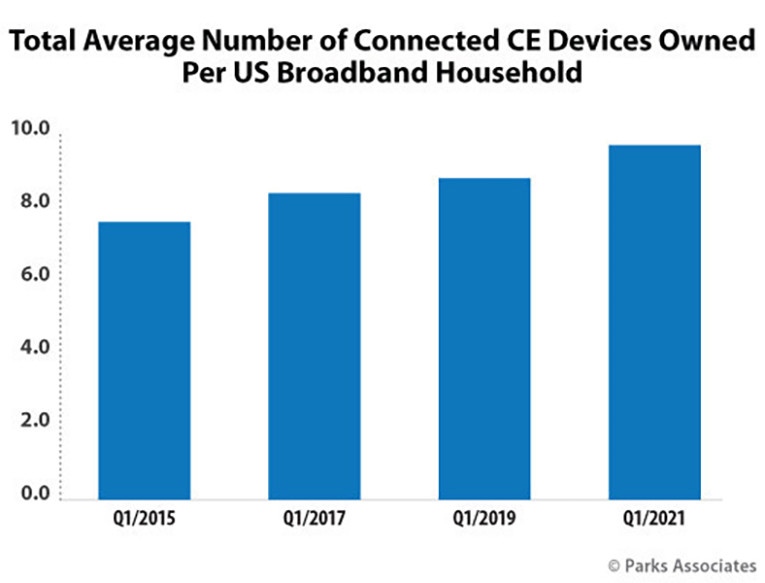
The company's data also reveals that streaming subscriptions have already surpassed traditional pay TV subscriptions in US households and now 80% of all US broadband households have a streaming service, and the three most-used operating systems on the devices consumers watch video on the most, are Roku, Samsung Tizen, and Amazon Fire TV in that order. These players collectively comprise 65% of consumers’ most-utilized video devices. None of them come from the traditional service provider, pay TV set-top box, or content provider sectors.
"The disaggregation of content away from traditional pay TV services and bundles, and towards today’s streaming-centric nature of content consumption, has shifted the point of aggregation away from service providers – to the devices themselves. Consumers are rebundling services into their own personal bundles of content, and the device platform ultimately controls how well all of that content can be searched, discovered, and consumed by the viewer," Erickson adds.
In a related report, Parks Associates data estimates that between 2022 and 2024, more than 250 million networked cameras, video doorbells, and smart speakers/smart displays will be sold in the US. The industry report "Context is King: Video & Audio Analytics" examines how video and audio analytics are evolving and impacting the smart home user experience, including driving adoption of new devices and attached services.
Parks Associates, a woman-owned and woman-led internationally recognized market research and consulting company, specializes in emerging technology solutions serving the consumer and small to medium business (SMB) markets. The company's expertise includes home automation, control systems and security, digital media and platforms, entertainment and gaming, home networks, Internet and video services, connected health and independent living solutions, mobile applications and services, support services, consumer electronics, and energy management solutions.
www.parksassociates.com






